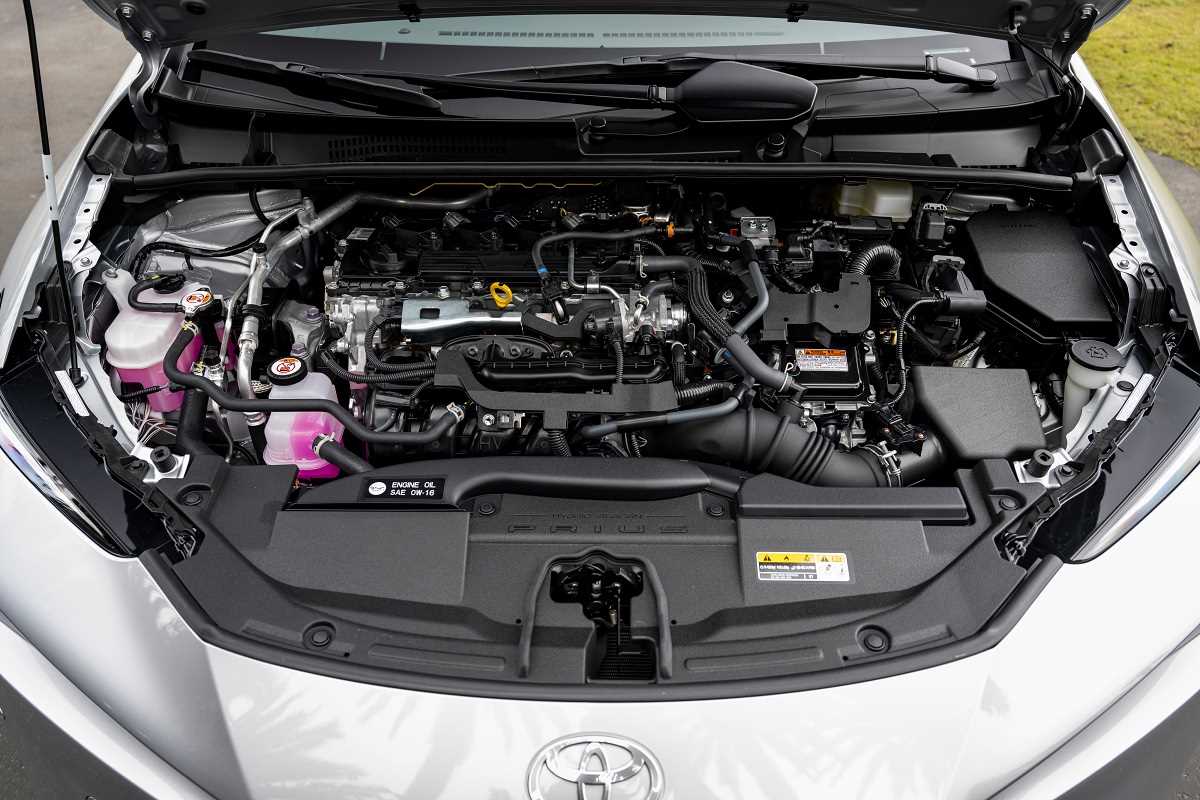The automotive industry is undergoing a significant transformation, and one of the most controversial trends shaping its future is the rise of subscription services for car features. Automakers like BMW, General Motors, and Mercedes-Benz are stepping beyond selling vehicles and venturing into ongoing subscription models for certain in-car features. From heated seats to advanced driver assistance systems, these services are redefining how drivers interact with their vehicles—but not without sparking debates.
This blog explores how subscription services for car features work, highlights their potential benefits, and dives into the ethical concerns they raise. Whether you're excited or skeptical about this trend, there's no denying its growing presence in the automotive world.
How Subscription-Based Car Features Work
Subscriptions for car features operate on a model where users pay a recurring fee to access specific functions or technologies in their vehicles. Traditionally, car features were purchased outright, either included in the base model or as part of an upgraded trim level. However, with the increased connectivity of modern cars and the rise of over-the-air (OTA) software updates, car manufacturers can now unlock or disable features remotely.
Here’s how the process typically works:
- Hardware Installation: Nearly all modern vehicles come equipped with the necessary hardware for many features, such as heated seats, driver assistance systems, or advanced infotainment. However, these features are not always activated by default.
- Software as a Gatekeeper: Automakers use software controls to "lock" specific hardware features and make them accessible only to those who subscribe. For example, a car may have heated seat hardware installed, but you'll need to pay a monthly or annual fee to enable it.
- OTA Updates: Thanks to OTA updates, manufacturers can activate or deactivate features without a trip to the dealership. This remote connectivity makes it simpler for automakers to offer subscription options directly to drivers.
- Flexible Payments: Drivers can subscribe to these features via payment apps, automakers' online portals, or bundled packages, sometimes paired with other services like navigation updates or Wi-Fi hotspots.
BMW’s heated seat subscription is one notable example. For $18 per month (or $180 per year), drivers can activate heated seats already installed in their vehicles. Similarly, Mercedes has introduced a $1,200 annual subscription for improving acceleration on certain electric models, leveraging OTA updates to make this possible.
Why Automakers Are Adopting This Model
Automakers stand to gain significantly by shifting from one-time feature sales to a subscription-based model. Here’s why this business strategy is gaining traction:
- Recurring Revenue Streams: Instead of earning a one-time payment when a car is purchased, automakers can generate consistent income over the life of the vehicle. Think of it as the automotive equivalent of Netflix, where users pay for continued access.
- Flexibility for Drivers: Subscriptions allow users to add features as needed. For instance, someone who lives in a warm climate may not need heated seats year-round but can subscribe during the winter months when they travel to colder regions.
- Reduced Model Complexity: Instead of shipping different trim levels or bespoke configurations to various markets, manufacturers can produce vehicles with standardized hardware. Buyers can then personalize their vehicles post-purchase through software-based subscriptions.
- Adaptability: Automakers can roll out features or improvements over time, keeping vehicles updated with the latest technology without requiring customers to buy new cars.
Advantages of Subscription Services for Car Features
While the concept may seem off-putting at first, there are some notable advantages for both automakers and consumers.
1. Lower Initial Costs
Subscription services allow manufacturers to lower the upfront cost of vehicles by offering advanced features later. This flexibility can make high-end technologies accessible to a wider range of buyers who don’t want to commit to premium trims.
2. Personalization
A subscription model lets drivers tailor their vehicle to their lifestyle and needs. For example, someone who only drives occasionally might pay for advanced driver assistance packages during road trips but skip them at other times.
3. Continual Upgrades
OTA software updates mean cars can improve over time, not just in terms of features but also safety and performance. A subscription model helps fund such innovations, ensuring long-term value for consumers.
4. Short-Term Commitment
Instead of paying a hefty sum for permanent access to a feature, users can test features for a limited time. This is particularly beneficial for expensive technologies like adaptive cruise control or multifunction displays.
5. Retrofitting Older Cars
Vehicles pre-installed with the necessary hardware can have their functionality expanded years later through subscriptions, delaying obsolescence.
Moral and Ethical Concerns
The subscription trend, however, is not without its critics. Many drivers question whether this approach upends the traditional notion of ownership, raising moral and ethical concerns about accessibility, profitability, and consumer rights.
1. Ownership vs. Accessibility
Historically, purchasing a car meant owning all its features outright. Subscription models complicate this notion, with customers having to pay continuously for capabilities already built into their vehicles. Critics argue that this undermines the essence of ownership, blurring the line between buying a product and renting it.
2. Economic Divides
While subscription services may lower initial car costs, they could exacerbate inequalities in access to technology. Advanced safety features, for instance, might be available only to those who can afford recurring fees, leaving other drivers without these potentially life-saving options.
3. Profit Over Transparency
Some customers feel that automakers are prioritizing profit over fairness. The idea of charging extra for hardware that is already installed in the car—to many, at no additional manufacturing cost—is seen as a cash grab.
4. Impact on Resale Value
Subscriptions complicate the resale of cars. New owners of a vehicle may have to re-subscribe to features they expect to come standard, creating potential friction in secondary markets.
5. Environmental Concerns
Built-in hardware that remains unused because of subscription barriers contributes to waste. Critics suggest that this undermines sustainability efforts by creating inefficiencies in resource consumption.
The Future of Subscription Services in Cars
Despite the backlash, automakers are unlikely to abandon subscription models anytime soon. However, they will need to balance profitability with customer satisfaction to avoid losing consumer trust. Transparency is key; automakers must clearly communicate the benefits of subscriptions and avoid creating unnecessary friction or resentment.
Several potential changes could help address concerns:
- Bundled Options: Offering subscription bundles (e.g., heated seats with upgraded navigation) at a discounted rate could create better value for consumers.
- Lifetime Access Plans: Giving buyers the choice of paying a one-time fee for permanent access to features can bridge the gap between subscriptions and outright ownership.
- Ethical Pricing: Automakers should avoid excessively pricing features to reduce perceptions of greed.
For automakers, the challenge lies in earning consumer trust without alienating those who feel nickel-and-dimed. For drivers, navigating this shift requires a new mindset about what it means to "own" a car.
 (Image via
(Image via.jpg)


.jpg)


